Climbing with discus hernia
After a long day of work at the office you finally get to your favorite gym. You perform a quick warm-up and 15 minutes into it you are on the wall to try a freshly set of new boulder problems. As you push yourself harder and harder, you keep falling. After landing a few times on your feet you start to feel some soreness in your spine. And then during landing, you feel a sharp sudden pain in your back. You walk over to a pull-up bar to hang and try to relieve the pain but the pain is still there. So you end the session and decide not to stretch afterward. A few weeks pass and the pain is gone. However, you try to climb again and again but the more you fall, the more you feel your back.
Climbers typically have healthy spines. However despite having a healthy physically active lifestyle, intervertebral discs starting to degenerate as we age. On top of that, high training volumes (especially repetitive landing from boulder problems) and prolonged sitting can increase loads on the intervertebral disks in the spine. This does not mean that you should stop bouldering and no longer sit at your desk job, as that may leave you depressed and penniless. But what it does mean is that you should take care in learning how to properly land from bouldering problems and be mindful of your sitting posture. Nowadays the postural problems, one of the risk factors of disc degeneration can be seen in younger adults especially among university students also due to sedentary lifestyle.1,2
Signs and Symptoms
Symptoms of discus degeneration can be exacerbated with increased loads to the intervertebral disks. This can occur during prolonged sitting in a slumped position or can occur when you fall and the spine flexes. Classic symptoms of the discus hernia can be lower back pain (typically the first symptom), neurological symptoms on the lower limb (traveling up and down) as leg numbness or tingling (traveling pain) or leg weakness. These symptoms can occur not just from climbing and prolonged sitting but also during normal daily tasks such as doing chores or packing up the groceries.1
Methodology – Possibilities for assessment
The first step if you have low back pain that has not resolved would be to see a specialist such as a physiotherapist to help with an appropriate diagnosis. It is important to note that many people have herniated or degenerative discs in their spine and have zero pain, so it is not necessary to become fearful of this injury as plenty of climbers are walking around with the same injury but are pain free. However, it is important to have a medical provider perform a series of tests so that they can make sure that they can identify and match you with the most specific rehabilitation plan.
This can be done with a series of special tests listed below. The tests are by no means comprehensive but they give a good indication if the spine and/or nerve from the spine are related to your pain; and based on the direction of pain (either with a back bend or forward bend, a more specific rehabilaition program can be developed.
Standing Lumbar Extension (back bend)
- The one of the possibilities of assessment by a specialist is to take a standing position, put your hands on your hip and then arch your trunk backward. If the test is positive you can feel local or a radiating pain running down on the back of your affected leg. If this test is positive for local pain, it is possible that the disks may be degenerated and compressing on the nerves in your back.
Standing Lumbar Flexion (forward bend)
- If this test is positive, it is possible that the disk itself is affected and compression ot the disk can cause local (in your low back) or radiating nerve pain (down your leg).
Straight Leg Raise
- If you have low back pain with associated raditing pain into your leg, a medical provider may perform a slump or straight leg raise test with a Laseque sign to determine if the nerves in your spine are compressed.
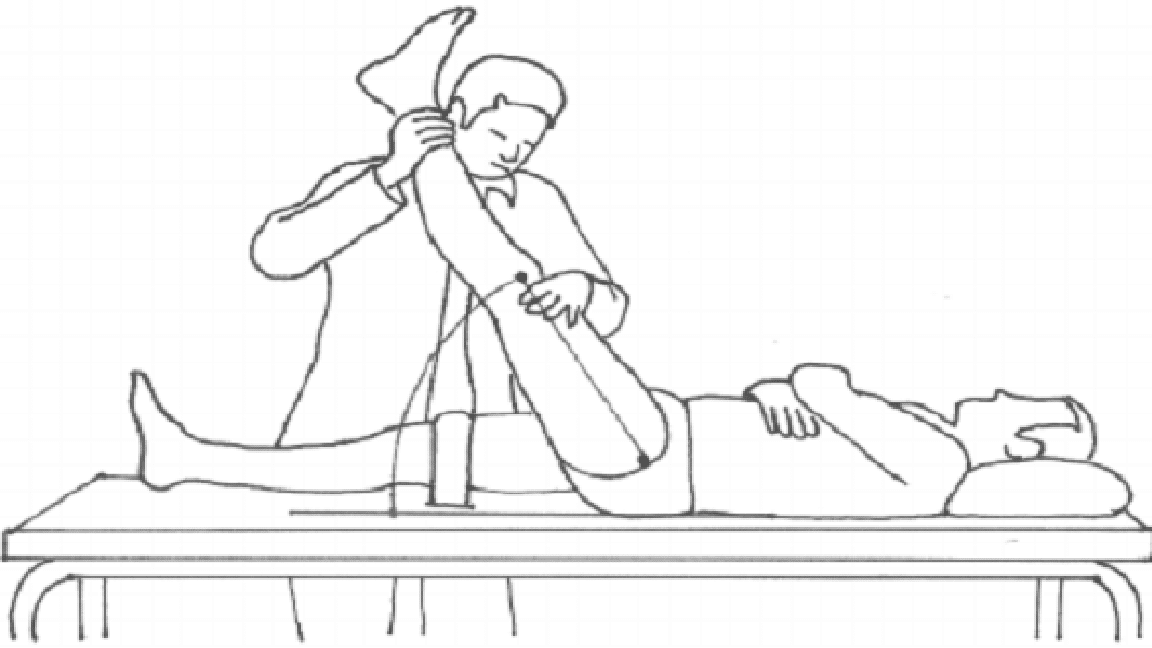
Possibilities for treatment – “The Rock Rehab Pyramid”
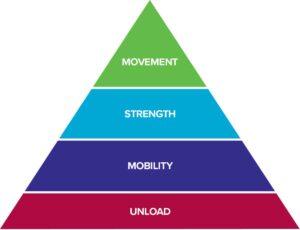
Let’s discuss exercises to help you manage your symptoms and ultimately get you back on the wall. In order to ensure a safe and pain free return back to rock climbing, we will be utilizing the Rock Rehab Pyramid developed by Dr. Jared Vagy illustrated in his book Climb Injury-Free. The rock rehab pyramid allows you to self-gauge your injury and when to progress to the next stage of recovery starting with the unloading phase moving to mobility, followed by strength and lastly the movement phase. This article will provide you with a 3-5 exercises in each level of recovery.
The bottom level of the pyramid aims to decrease Pain, Inflammation and Tissue Overload so that the tissues have the best healing environment. Often times, after an injury there is some sort of change in Mobility. After the tissues have calmed down from the previous level, this stage will look to reestablish normal, pain free range of motion. Once the injured area restores its mobility, it is time to increase the Strength of the surrounding muscles so that Movement in the following level can be coordinated and optimized. Click here to learn more about the rock rehab pyramid structure.
Unload
The first step is to find a “position of comfort” to unload the painful area. This can be lying on your stomach, back, or positioning yourself in an “all fours” position. The following picture shows great positions where you can find comfort to unload the painful area.
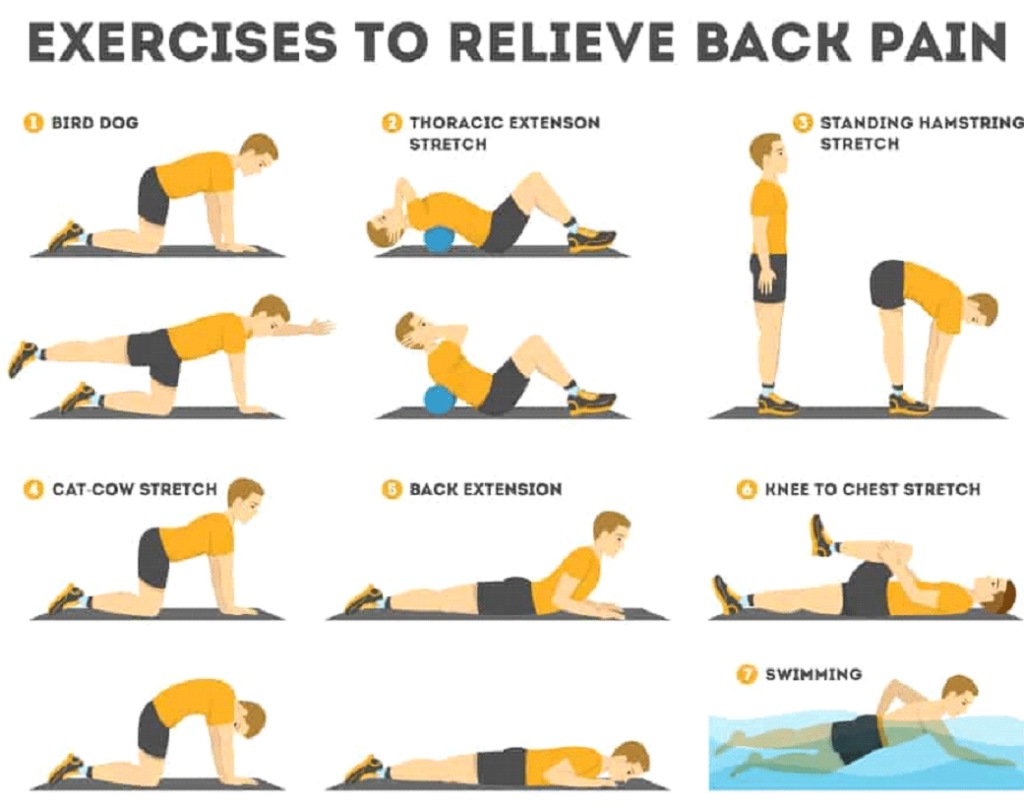
After a position of comfort is achieved, it is then important to move away from the pain. If there is pain with either a forward bend or back bend, there is research that shows that in the early stages, you should focus on unloaded in injured area by moving in the opposidirection opposite of pain. For example, if a forward bend causes symptoms, you would perform back bends. And if a back bend causes symptoms, you would perform forward bend type movements.13
If you have pain with forward bending, perform the below:
- Starting position is prone position. The trunk is supported by the upper extremities. Repeat spinal extension at 5-10 times and hold for 20 seconds at the last repetition. (The bones of the pelvis should to stay on the ground during the exercises).3

If you have pain with back bending, perform the below:
- The starting position is supine position for stretching of the piriformis muscle. Repeat at 3 times per leg for 15-30 seconds.3,4
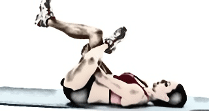
Other treatment options if you have for radiating pain or numbness:
If you have pain radiating pain for numbness (for example a positive slump or straight leg raise test as described above), a sciatic nerve mobilization can be performed. However, it is recommended that a physiotherapist show you how to perform the technique correctly.(11-12)
Other possibilities for releasing pain:
There are other known and accepted methods for releasing pain and supporting the affected area e.g. using kinesio taping technique by specialist e.g. physiotherapists.(10)
Mobility
After you have unloaded the spine and have chosen a directional preference of exercises, you can then start moving the spine in both directions (flexion and extension) a position across gravity so that the disks in the spine are not further compressed by gravity. This is a safe position to restore low back motion.
Starting position is all fours position. The “cat-cow” exercise is a common drill in yoga which is great in pain relief by discus hernia meanwhile it helps with overall back and spine mobility. Of course there are other great mobility drills for your spine, but you should be careful with exercises which include flexion, rotation and hard compression on the discs, especially at the same time.
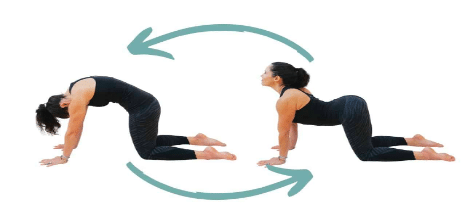
Strength
- Exercises for strengthening:
- Anterior Plank position
- Side plank
- Side plank with dips
- Trunk rotation with bands
- “Bird Dog” exercise
There are several muscles that help stabilize the spine. The rectus abdominis muscle in front, the internal and external obliques on the side, and the transverse abdominus that wraps around the spine. Additinally, in the back there are deep stabilizer multifidus and rotatores trunk extensor muscles due to the relation between them by the fascia thoracolumbalis.5-8
The sagittal cross synergism between gluteus maximus and the lower fibers of rectus abdominis as well as the oblique muscle are the focus during the physiotherapy in this region. The first three exercises are going to target these muscles.
- The anterior plank exercise is able to stabilize the trunk symmetrically, safely, isometrically and directly in frontal plane activating the deep stabilizer core muscles.9
- The side plank and side plank with dips are great to target the mentioned muscles but unilaterally by activating the synergism in the lateral muscle chain. Don’t drop your hips down during this exercise (at least in the early stages of rehab) as it may stress the spine.
- The trunk rotation exercise targets the oblique muscles. The rate of trunk rotation is influenced by the severity of disc degeneration. All you have to do is find an optimally strong “Thera Band”, tie it up on a pillar and rotate your trunk slightly until you feel a muscle activation in your abdominal muscles and hold this for 30-60 seconds.
- Bird Dog. The topic of strength contains the posterior trunk muscles too which also support the trunk stability. These are the latissimus dorsi and the deep quadratus lumborum muscles, the erector spinae and the above mentioned deep fibers of transversospinalis muscle. One of the best exercises to train them is the “Bird Dog” type exercise. You can hold these positions like a plank and change site after 30-60 seconds or you can do 10-15 reps per side. You can spice it up with knee elevation from the floor, but in this case be careful with flexion (avoid it). It is suggested by physiotherapists to modify this exercise to carry out not in all fours position but with forearm support during keeping the pelvis in the middle position in order to prevent or in case of disc degeneration.8
Theraband Exercise
Deep muscle mobility and strengthening:
Bird Dog
The following exercises will target the gluteus maximus muscle and lower abdominal fibers:
Gluteus strengthening to support mobility and stability:
You may ask, why I need to train my glutes. Well if you get better you will be back on the wall trying hard moves and you will fall off. In this case glutes are super important, because they can reduce the force of the falling. Less force means less tension on the discs.
Bridging with added weight and bands
“Physiotherapeutic bridge” exercise is commonly used in physiotherapy. All you need to do is lay down on your back with bent knees and elevate your hip while keeping the pelvis in posterior tilted position. You can do this elevation 10-15 if it’s too easy, add extra weight or use a Band or unstable supporting surface under your feet. (Demonstration picture).5
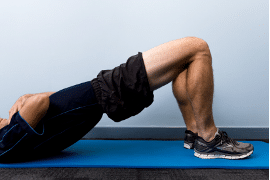
Heel to floor on elevated surface
In the next exercise you need a 20 cm/ 7.8 inch height surface. One of your foot is on the surface and the other is straightened in the air by dorsal flexion of the ancle. All you have to do is to touch the floor with your heel. Keep the pelvis in controlled position. You can have 6-10 reps.
The starting position of next exercise is supine with bent knee and hip position in 90-90 degree flexion. The arms are next to our body on the floor. The one of the lower limb is straightened in parallel with the floor during pressing lumbar spine into the mattress. Repeat it at 4-6 times changing carefully the side.
All the exercises have to be carried out slowly with strong pelvis control, not dynamically!
Gluteal Exercise
Movement
Training thoughts – Slightly overhang climbing with small moves
If you want to protect your spine from the wear surgery you should follow the previous drills but also keep a few things in mind:
- Don’t jump off the wall, these can generate heavy tension in the discs and ruin your progression quickly. Often you have to go down in grades but you should consider the long term goal.
- Find a comfortable climbing shoe. Aggressive climbing shoes can affect your landing if you happen to fall so take the shoe easy.
- Climbing in an overhang with small moves. In these cases you can use your previously built up core strength and add a bit of fun, even with easier moves on big holds.
See a Doctor of Physical Therapy
The best solution for low back pain related to the discs in the spine is to find a Physiotherapist, who can give you a diagnosis and a customized protocol. Try to avoid being too aggressive with decision to take pills, receive injections or have surgery. Many of these injuries resolve themselves over time by performing corrective exercises and altering your moment patterns. Movement is the best medicine.
It is suggested to consult with a physiotherapist before the application of the mentioned techniques because the severity of the problem and the actual condition of you are important factors of the individual treatment.
About The Authors
Bence Hudák1, Csepregi Éva PhD1
1University of Debrecen, Faculty of Health Sciences, Department of Physiotherapy, Hungary
References:
- Delitto A, George SZ, Van Dillen L, Whitman JM, Sowa G, Shekelle P, et al. Low back pain. J Orthop Sports Phys Ther 2012 Apr;42(4):A1-57. doi: 10.2519/jospt.2012.42.4.A1
- Csepregi É, Gyurcsik Z, Veres-Balajti I, Nagy AC, Szekanecz Z, Szántó S. Effects of Classical Breathing Exercises on Posture, Spinal and Chest Mobility among Female University Students Compared to Currently Popular Training Programs. Int J Environ Res Public Health 2022 Mar 21;19(6):3728. doi: 10.3390/ijerph19063728.
- Chan M, Dyck M, Thevasagayam G, Yap R, Ouellet J, Robbins SM. Inter-rater Reliability of the McKenzie Method of Mechanical Diagnosis and Therapy for the Provisional Classification of Low Back Pain in Adolescents and Young Adults. J Man Manip Ther 2021 Aug;29(4):255-261. doi: 10.1080/10669817.2021.1874189
- Sipko T, Janicki K, Barczyk K, Demczuk-Włodarczyk E. Pseudoradicular symptoms in patients exhibiting the lumbar spinal disc disease. Ortop Traumatol Rehabil 2006 Dec 29;8(6):663-671.
- Finta R, Boda K, Nagy E, Bender T. Does inspiration efficiency influence the stability limits of the trunk in patients with chronic low back pain? J Rehabil Med 2020 Mar 31;52(3):jrm00038-2645. doi: 10.2147/JPR.S181610
- Finta R, Nagy E, Bender T. The effect of diaphragm training on lumbar stabilizer muscles: a new concept for improving segmental stability in the case of low back pain. J Pain Res 2018 Nov 28;11:3031-3045 doi: 10.2340/16501977-2645
- Csuhai ÉA, Nagy AC, Szőllősi GJ, Veres-Balajti I. Impact Analysis of 20-Week Multimodal Progressive Functional-Proprioceptive Training among Sedentary Workers Affected by Non-Specific Low-Back Pain: An Interventional Cohort Study. Int J Environ Res Public Health 2021 Oct 10;18(20):10592. doi: 10.3390/ijerph182010592.
- Anders Bergmark (1989) Stability of the lumbar spine, Acta Orthopaedica
Scandinavica, 60:sup230, 1-54, Published online: 08 Jul 2009.p.15-24. doi: 10.3109/17453678909154177 - Choi J, Kim D, Cynn H. Comparison of Trunk Muscle Activity Between Traditional Plank Exercise and Plank Exercise With Isometric Contraction of Ankle Muscles in Subjects With Chronic Low Back Pain. J Strength Cond Res 2021 Sep 1;35(9):2407-2413. doi: 10.1519/JSC.0000000000003188
- Sheng Y, Duan Z, Qu Q, Chen W, Yu B. Kinesio taping in treatment of chronic non-specific low back pain: a systematic review and meta-analysis. J Rehabil Med 2019 Oct 29;51(10):734-740. doi: 10.2340/16501977-2605
- Ahmad Siraj S, Dadgal R. Physiotherapy for Piriformis Syndrome Using Sciatic Nerve Mobilization and Piriformis Release. Cureus 2022 Dec 26;14(12):e32952. doi: 10.7759/cureus.32952
- Ostelo RW. Physiotherapy management of sciatica. J Physiother 2020 Apr;66(2):83-88., doi:10.1016/j.jphys.2020.03.005
- The effectiveness of McKenzie method compared to manual therapy for treating chronic low back pain: a systematic review. (2019, December 1). PubMed. https://pubmed.ncbi.nlm.nih.gov/31789300/
References for special exercises:
The Rock Rehab Pyramid: https://www.trainingbeta.com/rock-rehab-pyramid-videos/ (Available 27 February 2023) and https://www.trainingbeta.com/rock-rehab/ (Available 27 February 2023)
How to Do the Bird Dog Exercise: Proper Form, Variations, and Common Mistakes
https://www.healthline.com/health/bird-dog-exercise (Available 27 February 2023)
How to Do Cat-Cow Stretch (Chakravakasana) in Yoga:
https://www.verywellfit.com/cat-cow-stretch-chakravakasana-3567178 (Available 27 February 2023)
Physiotherapeutic bridge, Bridging: https://www.physio-pedia.com/Bridging (Available 27 February 2023)
Piriformis syndrome:
https://myhealth.alberta.ca/Health/aftercareinformation/pages/conditions.aspx?hwid=zp4474
(Available 28 February 2023)
- Disclaimer – The content here is designed for information & education purposes only and the content is not intended for medical advice.


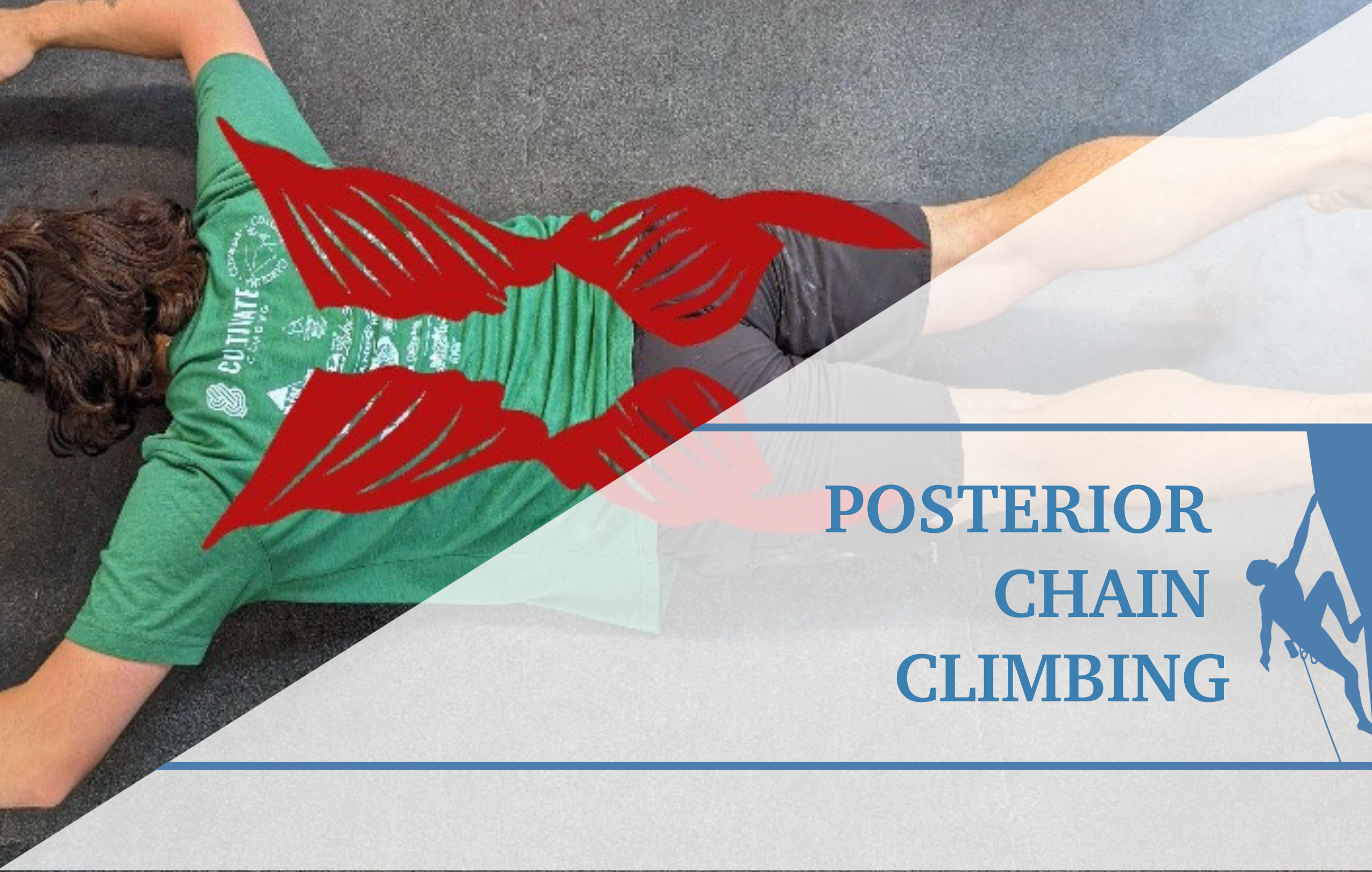
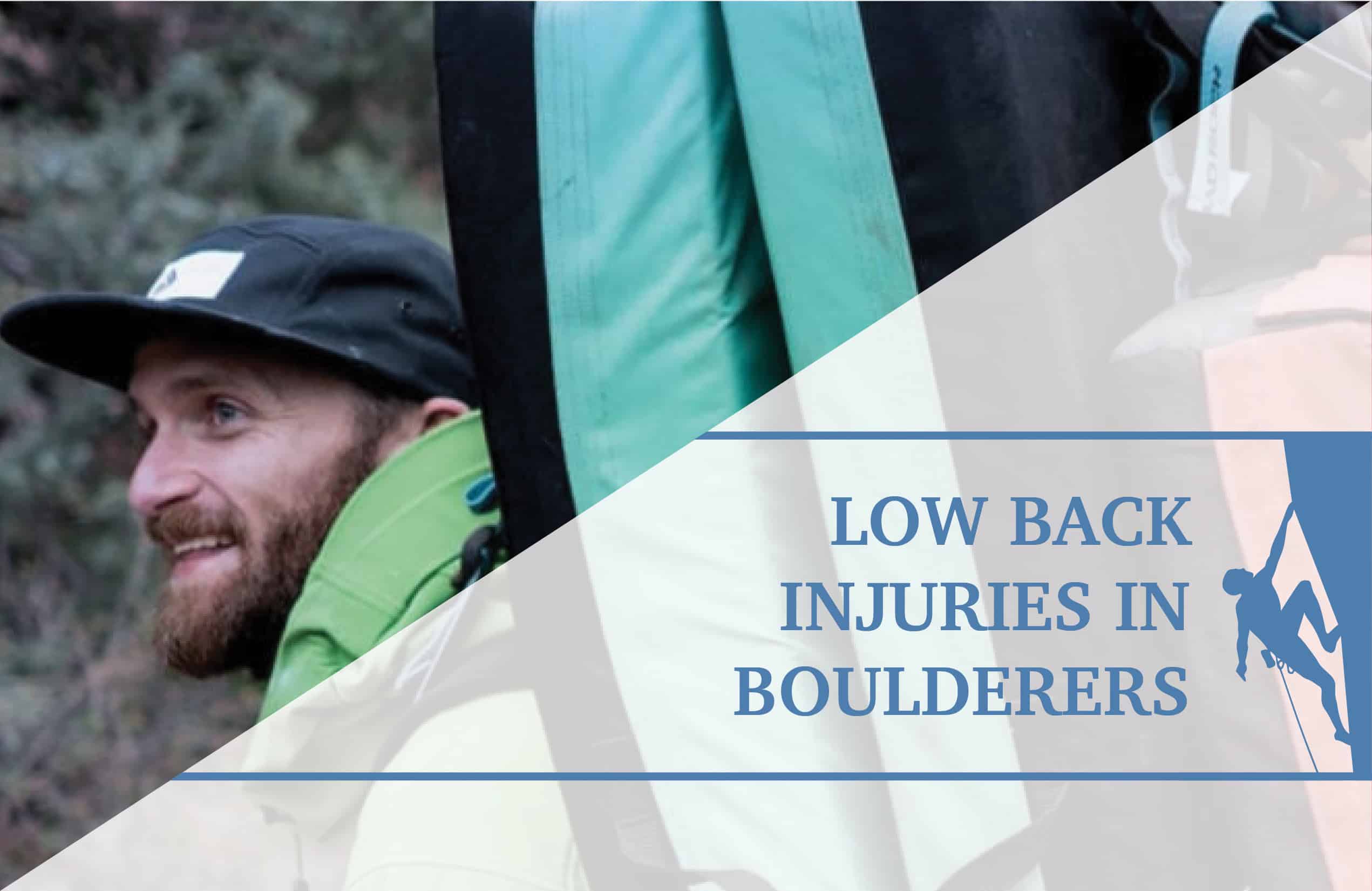
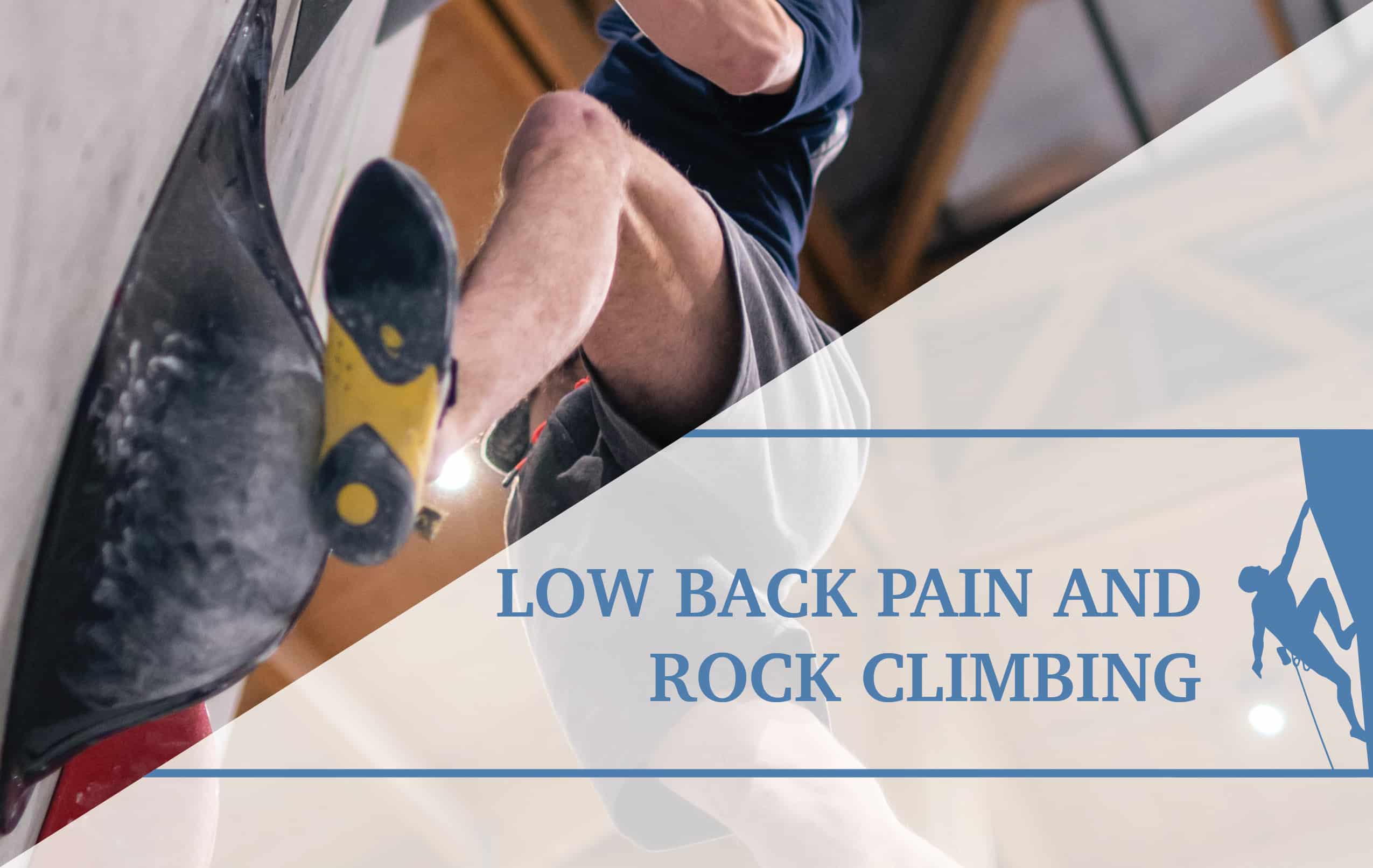
On the Unload section of this post I noticed that the recommended exercises both are appointed to be done if the forward bend is positive. Is the first one supposed to be if the back bend is positive? Curious to know which is correct
Thanks for bringing this to my attention. I have just now updated.